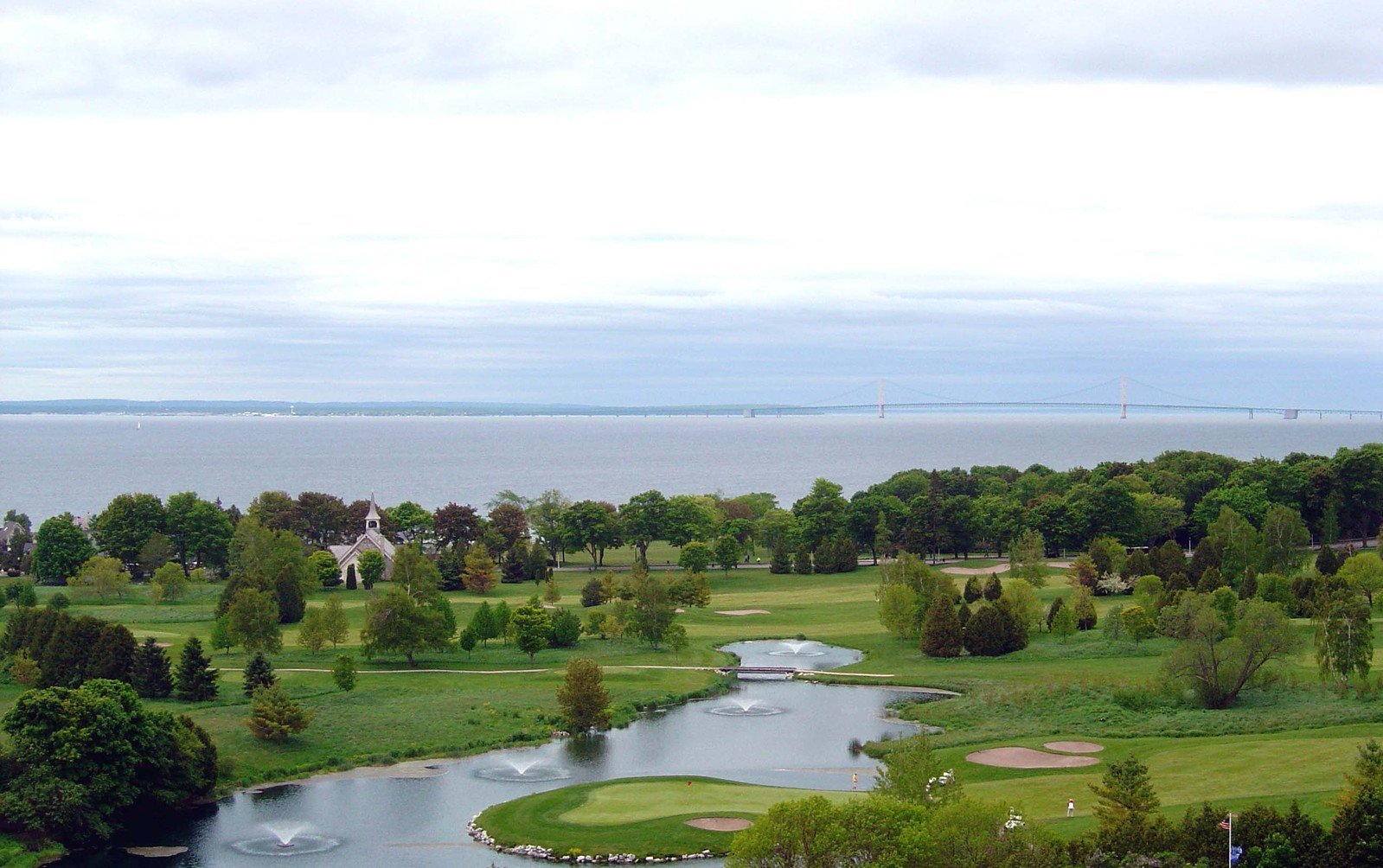
There are some spectacular holes on the PGA and European Tour circuit, one of which is the famous 17th hole at TPC Sawgrass. Located on the Stadium Course, the 17th features an island green and fans love watching the players as they attempt to avoid the water and get the ball close to the hole.
The 17th at TPC Sawgrass is not the only island hole in golf and there are many which are just as good around the world. However, what do you do when you come face-to-face with an island green during your round?
Today, we have some tips on playing an island green.
The first thing you must know when playing to an island green is the distance to the front and back edges of the green. It is all very well knowing the distance to the hole but your first thought should be to land the ball safely on the putting surface.
Make sure you use an iron which allows you to find the green, even if you do not make great contact but will not send the ball flying over the back of the green if you do.
Thinking about the water is why tension builds up in the body on an island hole. While it is not easy to stop thinking about your ball landing in the water, once you step into the tee box, try thinking about something else. It could be the wind for example.
If there is a breeze in the air, this could easily send your ball off target and must be taken into consideration. By thinking about something other than the water, it will not only improve the chance of a successful shot but also take your mind off the blue stuff surrounding the green.
It is always tempting to aim straight for the flag on every green but when it comes to playing an island green, this would be a big mistake. You may see professional golfers landing the ball close to the pin at TPC Sawgrass but you will also see some players missing the green and landing in the water.
The best way to approach an island green, especially for beginner and amateur golfers, is to aim for the middle of the green. If you happen to be slightly off to the right or left, the ball will still land safely on the putting surface. Even if you are left with a very long putt for birdie, it is better to be on the green with a birdie chance, however difficult, than playing the shot again because you landed in the water.

Recent Comments